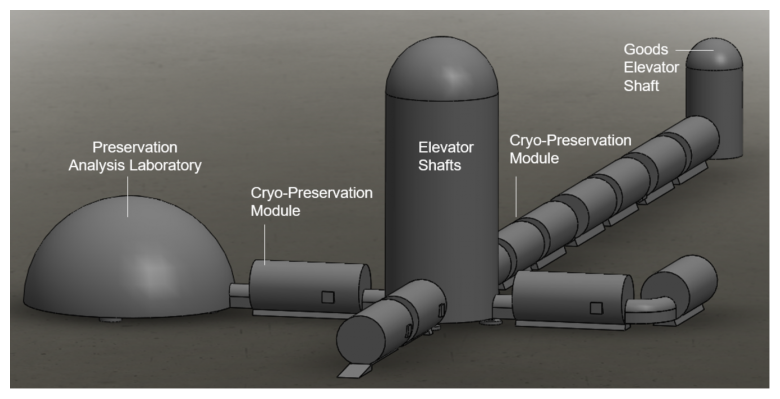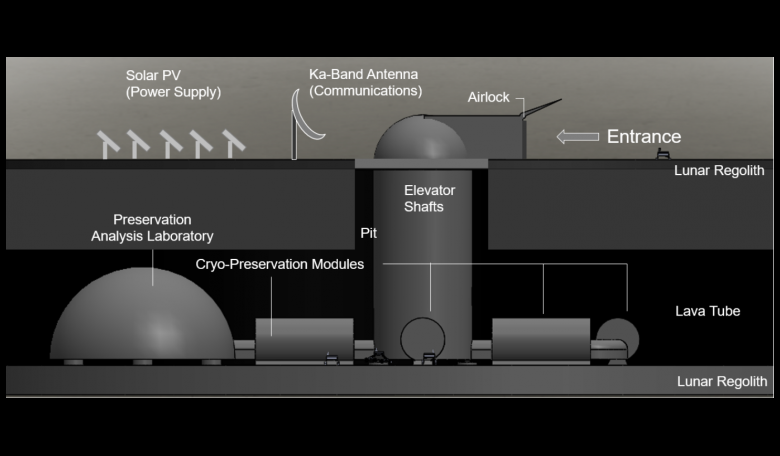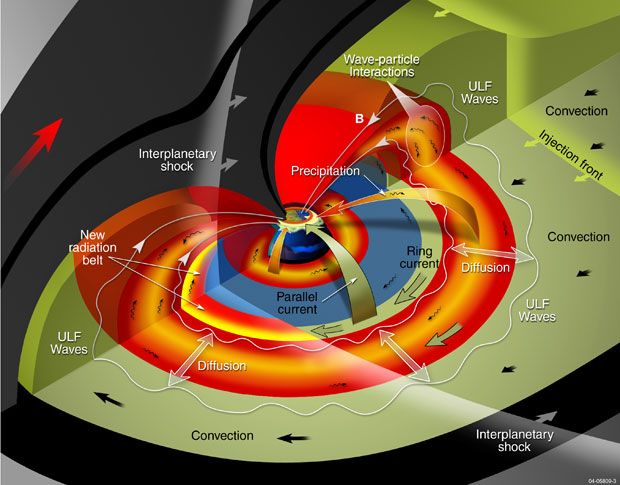But due to the local groups moving farther away from each other faster than could ever hope to be matched, nothing outside of the local group is reachable
The local group?
The local group is a small portion of galaxies of which the Milky way is one.
Most of the Milky Way galaxy is unreachable for humans.
In fact, much of the star system of Sol is unreachable by humans aside from human built machines. The only off-planet destination humans have visited is the Moon.
We have the potential ability to reach Mars but that is still years, if not decades away.
The next step will likely be some of the larger asteroids and maybe a close proximity comet. A few of Jupiter's moons and Saturn's moons might be a destination but we don't have the technology and it won't exist for a very long time.
The SOLar System (Distance not to scale)
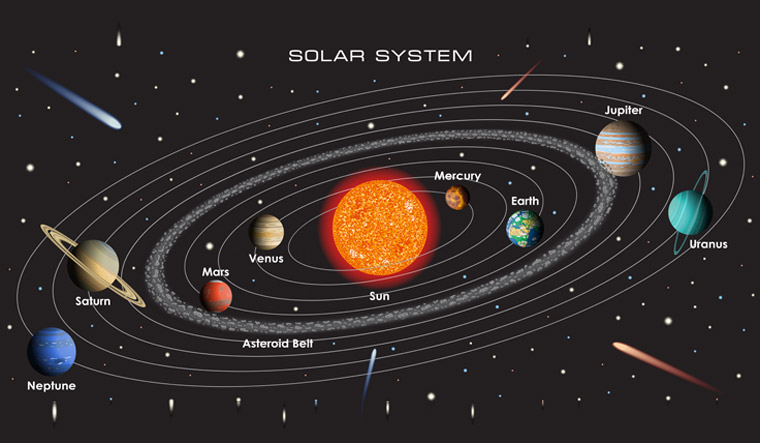
The Heliopause of SOL
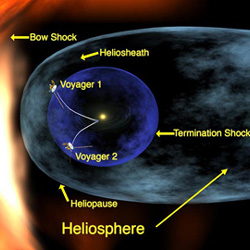
12.5 Light Years from SOL
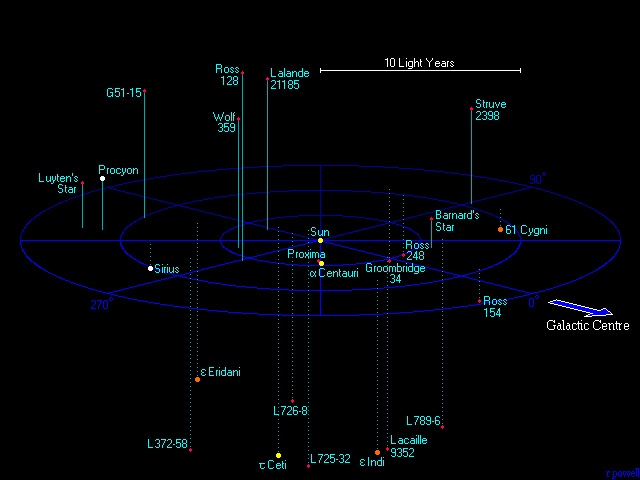
This map shows all the star systems that lie within 12.5 light years of our Sun. Most of the stars are red dwarfs - stars with a tenth of the Sun's mass and less than one hundredth the luminosity. Roughly eighty percent of all the stars in the universe are red dwarfs, and the nearest star - Proxima - is a typical example. Number of stars within 12.5 light years = 33
250 Light Years
The Solar Neighbourhood

This map is a plot of the 1500 most luminous stars within 250 light years. All of these stars are much more luminous than the Sun and most of them can be seen with the naked eye. About one third of the stars visible with the naked eye lie within 250 light years, even though this is only a tiny part of our galaxy. Number of stars within 250 light years = 260,000
5,000 Light Years
The Orion Arm
At the speed of light it takes 5,000 years to reach the edge of this area.
The light which is there now, left Sol about the same time the pyramids in Egypt were being built.
The white shaded area represents stars, not planets. Many stars have planets.
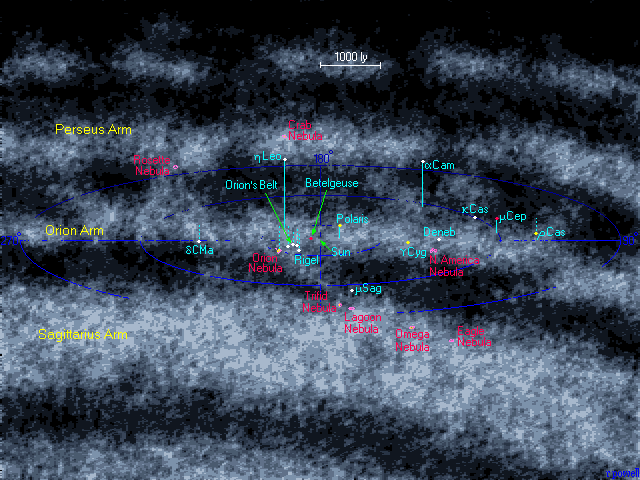
This is a map of our corner of the Milky Way galaxy. The Sun is located in the Orion Arm - a fairly minor arm compared with the Sagittarius Arm, which is located closer to the galactic centre. The map shows several stars visible with the naked eye which are located deep within the Orion arm. The most notable group of stars here are main stars in the constellation of Orion - from which the spiral arm gets its name. All of these stars are bright giant and supergiant stars, thousands of times more luminous than the Sun. The most luminous star on the map is Rho Cassiopeia (ρ Cas) - to us 4000 light years away, it is a dim naked eye star, but in reality it is a huge supergiant star 100 000 times more luminous than our Sun. Number of stars within 5000 light years = 600 million
50,000 Light Years
The Milky Way Galaxy
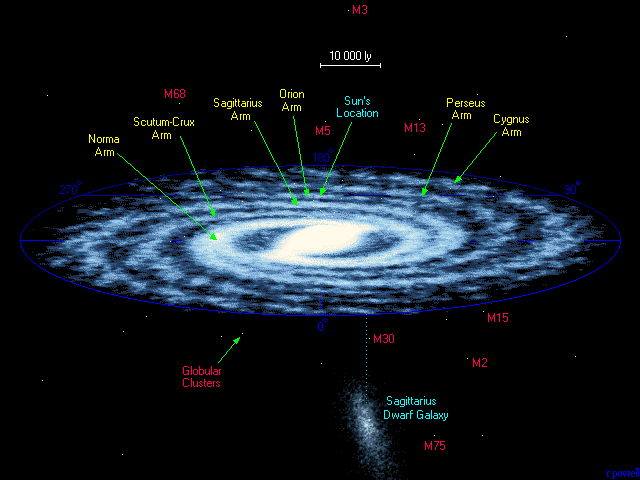
This map shows the full extent of the Milky Way galaxy - a spiral galaxy of at least two hundred billion stars. Our Sun is buried deep within the Orion Arm about 26,000 light years from the centre. Towards the centre of the galaxy the stars are packed together much closer than they are where we live. Notice also the presence of small globular clusters of stars which lie well outside the plane of the Galaxy, and notice too the presence of a nearby dwarf galaxy - the Sagittarius dwarf - which is slowly being swallowed up by our own galaxy. Number of stars within 50,000 light years = 200 billion
500,000 Light Years
The Satellite Galaxies
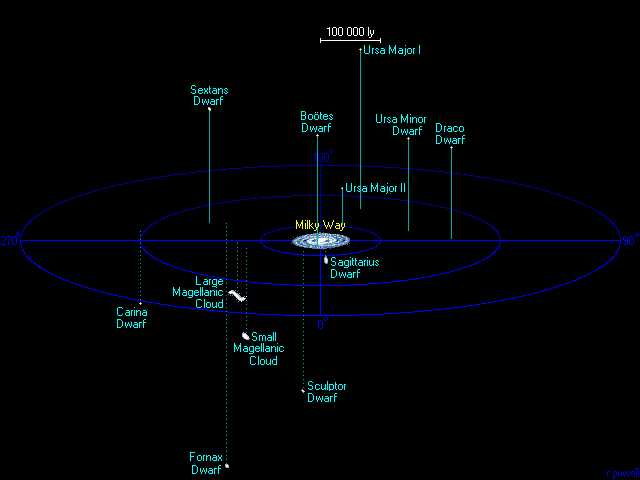
The Milky Way is surrounded by several dwarf galaxies, typically containing a few tens of millions of stars, which is insignificant compared with the number of stars in the Milky Way itself. This map shows the closest dwarf galaxies, they are all gravitationally bound to the Milky Way requiring billions of years to orbit it.
Number of large galaxies within 500,000 light years = 1
Number of dwarf galaxies within 500,000 light years = 12
Number of stars within 500,000 light years = 225 billion
5 million Light Years
The Local Group of Galaxies
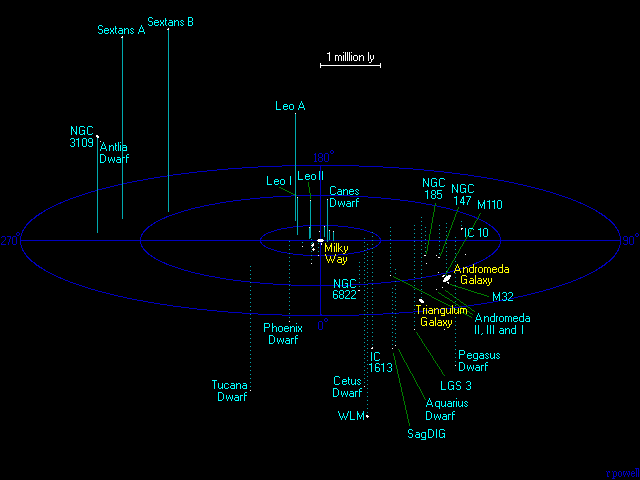
The Milky Way is one of three large galaxies belonging to the group of galaxies called the Local Group which also contains several dozen dwarf galaxies. Most of these galaxies are depicted on the map, although most dwarf galaxies are so faint, that there are probably several more waiting to be discovered.
Number of large galaxies within 5 million light years = 3
Number of dwarf galaxies within 5 million light years = 46
Number of stars within 5 million light years = 700 billion
100 Million Light Years SOL
The Virgo Supercluster
The local group of galaxies is just one of many centred around the massive Virgo Cluster. Collectively, all of these groups and clusters form a unit known as the Virgo Supercluster.
1 Billion Light Years from SOL
The Neighbouring Superclusters
The distribution of galaxies in the universe is far from regular. They tend to clump together into huge supercluster formations.
14 Billion Light Years from SOL
The Visible Universe
Although our knowledge of the large scale structure of the universe is incomplete, many large and small scale features are visible right out to the very edge of the visible universe. The entire universe is fairly uniform.
Images and data sourced from
The Atlas of the Universe
Last updated: 30 Jul 2006
Web page created by Richard Powell
Astrophysicists Construct Most Complete 3D Map of the Universe, Fill Gaps in Cosmological History

July 26, 2020
https://scitechdaily.com/astrophysicists-construct-most-complete-3d-map-of-the-universe-fill-gaps-in-cosmological-history/
SDSS - The Sloan Digital Sky Survey
http://www.sdss.org/
http://www.youtube.com/watch?v=Ld5kE1k8-Ls
eBOSS construction finished in 2020
eBOSS is The Extended Baryon Oscillation Spectroscopic Survey
Celestia
http://celestia.space/index.html
is a 3D astronomy software program created by Chris Laurel. The program allows users to virtually travel through a simulated version of our universe. Celestia can display objects of various scales using OpenGL. Celestia is available for AmigaOS 4, Linux, macOS, Microsoft Windows, iOS, and Android.
http://celestia.space/gallery.html
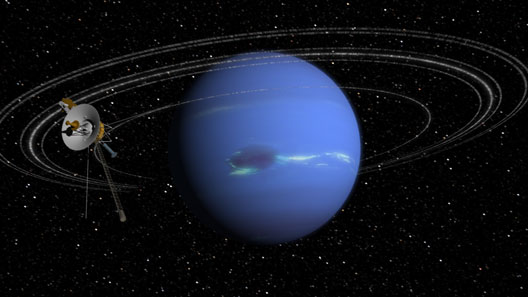
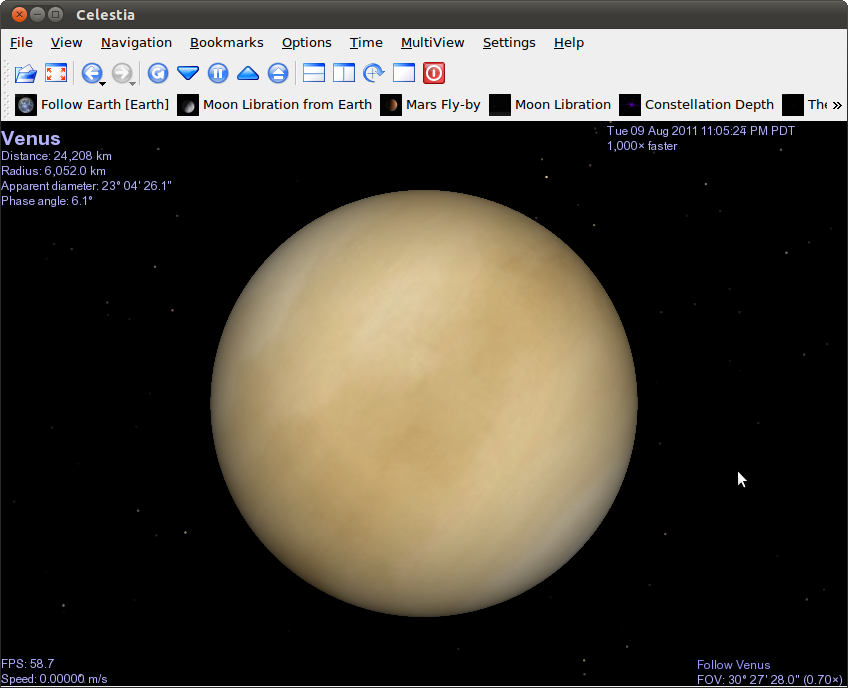
The Celestia Motherlode is a repository for various addons like textures, models or celestial objects for Celestia. Celestia is a free, interactive (real-time), 3D astronomy program.
It doesn't just show you the sky as it can be seen from earth as most planetarium software does, but allows you to move to and view the universe from any point between the planets and the stars.
The Celestia Motherlode hosts over 10 GB of Celestia addons by various creators, which extend or change the way Celestia renders the universe.
http://www.celestiamotherlode.net/
Celestia is a free program.
http://celestia.space/download.html
I personally have Celestia and all the add-ons which apply to my interests found at the Celestial Motherlode.
For a quick size comparison view of the Universe including the scale Metal Ball Studios offers a nice video.
http://www.youtube.com/watch?v=NrRPg0pH9xc

